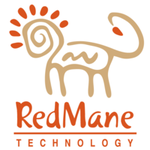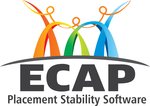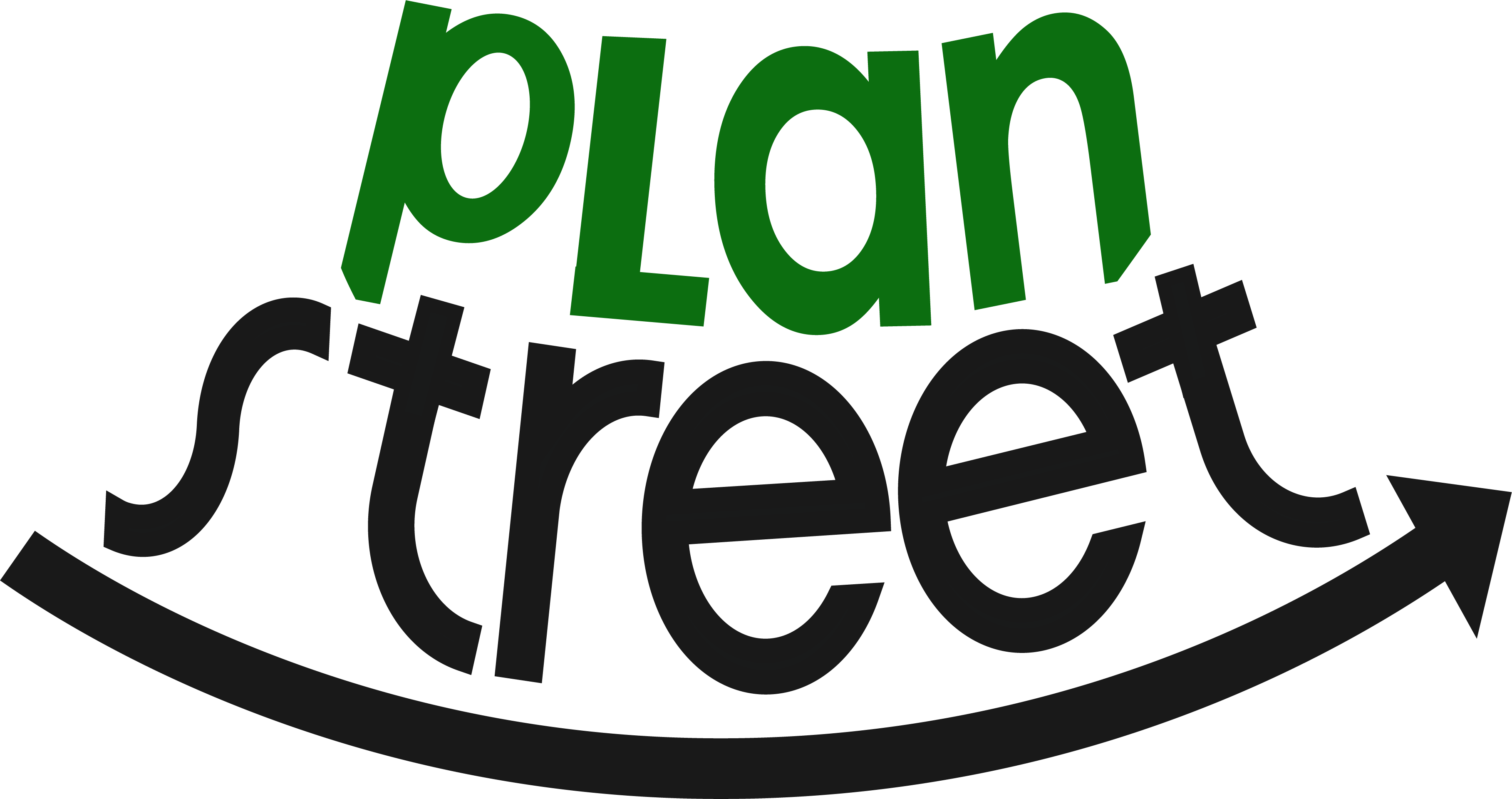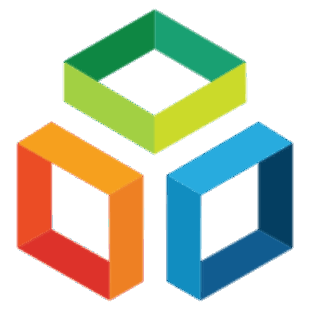What Is Human Services Software?
Human services software is a type of software designed primarily to assist and enhance the work of human services professionals. It includes a number of tools and features tailored specifically to the needs of organizations and individuals involved in sectors such as social work, counseling, community outreach, and healthcare. Human services software is primarily designed to improve efficiency and effectiveness in client record management, service tracking, and outcome reporting.
This not only helps to speed procedures and save administrative work, but it also enables for better data organization and analysis, facilitating data-driven decision making. In addition to these basic functions, human services software usually includes features for managing schedules, creating treatment plans, keeping progress notes, automating billing and invoicing, and ensuring regulatory compliance.
Some complex software systems may also contain features for managing caseloads, coordinating care among several providers, and tracking and reporting program outcomes. When evaluating human services software, consider your organization's unique objectives and goals, ease of use and compatibility with existing systems, and the level of support and training supplied by the software vendor. It is vital to perform thorough research and comparisons of various software options in order to find the greatest fit for your company and maximize its impact on operations and services.
What Are The Recent Trends In Human Services Software?
Human services software has grown dramatically in recent years, driven by technological breakthroughs and the growing demand for effective and streamlined solutions in the human services business. As a buyer, you must stay up to date on the latest developments in human services software in order to make an informed purchase for your firm.
We will explore some of the most recent trends in human services software that you should consider while comparing different solutions.
1. Cloud-Based Solutions: One of the most significant trends in human services software is the transition to cloud-based solutions. With more and more enterprises embracing remote work models, a cloud-based solution provides the flexibility and accessibility required for effective service delivery. It enables human services providers to securely store and retrieve their data from any place, while also reducing the need for costly hardware and upkeep.
2. Artificial Intelligence And Automation: The use of artificial intelligence (AI) and automation in human services software is growing rapidly. These technology can undertake monotonous activities, freeing up crucial time for human care providers to address more complicated and critical concerns. AI-powered software may also analyze massive amounts of data to detect patterns and trends, allowing authorities to identify possible problems and take preventative measures.
3. Mobile Compatibility: With the majority of people increasingly using mobile devices, it is critical that human services software have a mobile-friendly interface. Mobile apps enable service providers to access and update information while on the go, resulting in more effective and timely service delivery.
4. Integration And Interoperability: One key trend in human services software is an emphasis on system integration and interoperability. It is critical that different departments and agencies can smoothly share and collaborate on data in order to give a comprehensive approach to service delivery. More software manufacturers are now providing open APIs and integration capabilities, enabling a more linked human services environment.
5. Data Security And Privacy: As human services agencies handle more sensitive data, the necessity for strong data security and privacy safeguards becomes increasingly important. With the increase in data breaches and cyber threats, it is critical for human services software to include tight security policies to secure sensitive information.
Benefits Of Using Human Services Software
Human services software is an invaluable resource for businesses and agencies in the human services sector. This sort of software is intended to streamline operations, increase efficiency, and improve the overall delivery of services to individuals and communities.
Here are some major advantages of employing human services software:
1. Improved Data Management: Using human services software allows you to manage data more effectively. This program enables the effective capture, storage, and analysis of data, which is essential for making informed decisions and spotting trends and patterns.
2. Simplified Client Intake: Human services software simplifies the client intake process, allowing firms to acquire critical information and assess their clients' needs more efficiently. This not only saves time, but also ensures that all relevant information is captured correctly.
3. Automated Workflow: Human services software can automate manual operations, allowing employees to focus on more critical responsibilities. This increases productivity and provides for a more streamlined approach.
4. Improved Communication: Communication is critical in the human services industry, and software may significantly improve this element. Human services software allows staff members and clients to communicate more effectively by sending automatic reminders, alerts, and notifications.
5. Customizable And Scalable: Human services software can be tailored to meet the specific requirements of a company. This means that different features and modules can be added or removed according to the needs of the company. Furthermore, this software is scalable, which means it can accommodate the organization's development without causing significant disruptions.
6. Single Information: Having all information in one single system simplifies access and sharing. This eliminates the need for several systems and lowers the danger of errors and inconsistencies that might arise when using various platforms.
7. Improved Reporting And Compliance: Human services software enables the creation of reports and analytics, providing significant insights into an organization's performance and the effectiveness of services. This can also help meet compliance norms and laws.Overall, human services software supports firms in the human services industry by increasing productivity, streamlining operations, and improving communication. It is a worthwhile investment that can significantly improve service delivery, benefiting both employees and clients in the long run.
Important Factors To Consider While Purchasing Human Services Software?
There are several crucial elements to consider while deciding on the best human services software for your firm. This type of software is intended to speed and improve procedures in the human services sector, such as social work, counseling, and case management.
To ensure that you are making an informed decision, here are some critical considerations to consider when selecting human services software:
1. Features And Functionality: The first step in picking human services software is to precisely define your organization's requirements and goals. This will allow you to narrow down your choices and concentrate on the features and functionality that are most important to your company. Some popular features to check for are case management, appointment scheduling, progress monitoring, and reporting capabilities.
2. Usability: Because human services software will be utilized by a diverse variety of staff members with varied levels of technical skill, it should be easy to use and intuitive. Look for software with a well-organized interface, straightforward navigation, and clear instructions. This will reduce training time and allow your team to swiftly adjust to the new system.
3. Integration And Compatibility: Consider how the new software will work with your existing systems and operations. The optimal human services software should work seamlessly with other critical tools and platforms, such as electronic health records and billing systems. This eliminates data duplication, saves time, and increases overall efficiency.
4. Customizability: Because each organization operates differently, the software you select should be adaptable to meet your individual requirements. Look for software that allows you to add and remove features, change workflows, and create reports based on your needs. This will allow you to create a more tailored and efficient user experience.
5. Security And Data Protection: Because human services software handles sensitive information, it is critical that the software vendor adheres to strong security protocols. Look for software that includes security features like encryption, scheduled data backups, and user access management. Additionally, ensure that the service follows industry-standard rules such as HIPAA.
6. Scalability And Cost: As your firm grows, your software requirements may alter. It is critical to select a system that can grow with your firm and meet future requirements. Consider the whole cost of the software, which includes any recurring fees, maintenance, and training charges. Make sure the program fits inside your budget and offers good value for money.
What Are The Key Features To Look For In Human Services Software?
When investigating human services software solutions, there are several crucial elements to consider before making a purchasing decision. These elements should improve the efficiency and effectiveness of your company's operations while also satisfying the specific needs of your clientele.
Let's look more closely at the most crucial aspects to consider.
1. Case Management: This feature is essential for managing client information, services given, and progress made. Look for a platform that allows you to customize client data, case notes, and goal settings.
2. Scheduling And Appointment Management: Human services software should be able to conveniently book and manage appointments for clients and employees. This could incorporate features such as automated reminders, booking management, and calendar connection.
3. Reporting And Data Analytics: A powerful reporting and data analytics capability enables data collecting and analysis for tracking client outcomes, monitoring program effectiveness, and making informed decisions. Look for a platform that allows you to customize reports and visualizations to meet your organization's specific requirements.
4. Resource Referral Management: Human services software should have a complete database of community resources and services to help clients receive appropriate recommendations. This can contain options for searching by location, service type, and eligibility requirements.
5. Collaboration And Communication: Choose a platform that encourages collaboration and communication among employees, clients, and external partners. These features could include secure texting, shared calendars, and task assignment capabilities.
6. Compliance And Security: Protecting sensitive client information is critical in the human services industry. Check that the software you chose fulfills the essential compliance and security requirements, such as HIPAA, and has adequate data protection measures in place.
7. User-Friendly Interface: The software should have an easy-to-use interface. This will ensure that employees can utilize the platform quickly and efficiently, minimizing training time and irritation.
8. Customization And Scalability: Each organization has distinct requirements, so seek for software that is both adjustable and scalable. This will enable modifications and updates as your organization develops and matures.
Why Do Businesses Need Human Services Software?
Human services software is a vital tool for businesses in the human services sector. It is a comprehensive solution that enables businesses to streamline their operations, increase efficiency, and provide better services to their customers. Whether you are a government agency, non-profit organization, or a commercial firm, investing in human services software is critical to your business's success.
One of the primary reasons why firms want human services software is to efficiently handle their client data. With the growing amount of information and laws in the human services industry, it might be difficult to keep track of everything manually. Human services software creates a single database in which firms may safely store and arrange customer information.
This enables organizations to access and update client records quickly and correctly, resulting in improved client management and outcomes. Furthermore, human services software has a variety of features and functionalities that automate administrative chores, saving firms time and money. Businesses can eliminate paperwork, reduce administrative load, and increase overall efficiency by using electronic client applications, automated eligibility checks, and electronic document management capabilities.
Human services software also includes comprehensive reporting and analytics features, which enable firms to track performance and measure outcomes. This not only enables businesses to make data-driven decisions, but it also allows them to effectively meet reporting and regulatory needs. In addition to these benefits, human services software provides tools for case management, resource allocation, and referrals.
This enables businesses to deliver better care and services to their customers, enhancing their overall experience. Another important feature is that human services software helps firms comply with legislation and procedures. It automates procedures and delivers real-time updates, ensuring that organizations stay up to speed with the newest legislation and in compliance.
How Much Time Is Required To Implement Human Services Software?
The time required to install Human Services Software varies depending on numerous factors. These considerations include program complexity, organizational scale, and the level of customization required. However, on average, the implementation procedure can take three to six months. The planning phase is the first step in the Human Services Software implementation process.
This involves assessing the organization's specific needs and goals, as well as developing an implementation plan. The planning phase normally lasts 2 to 4 weeks. Next, the program must be configured and modified to meet the organization's specific requirements. This process can take between 6 and 12 weeks, depending on the level of personalization necessary. Once configured, the software must be integrated with any existing systems or databases.
This could take an additional two to four weeks. Once the software has been fully installed and integrated, it must be tested to ensure correct functionality. This testing process can take between 2 and 4 weeks. Finally, the software is ready to be deployed to users. The implementation team will offer training and support to ensure a smooth transition. The duration of this training and support phase varies depending on the size of the company and the number of users.
However, it normally takes between 2 and 4 weeks. In summary, the implementation of Human Services Software normally takes 3 to 6 months. It is crucial to remember that this timetable may be influenced by external variables such as unforeseen delays or changes in requirements. To achieve a successful and efficient transition to their new software solution, firms must prepare ahead of time and commit adequate time for the installation process.
What Is The Level Of Customization Available In Human Services Software?
When it comes to human services software, there are several levels of customization available to match your organization's specific requirements. This level of customization might vary from off-the-shelf products to entirely personalized software packages. Off-the-shelf solutions are pre-built software that follows a one-size-fits-all approach. These solutions are often less expensive and may be implemented rapidly.
However, they may not entirely suit your organization's specific requirements, necessitating additional workarounds or manual operations. On the other side, completely configurable software programs provide the greatest degree of customization. They are designed to meet your organization's specific demands and might be highly customized. However, these solutions may be more expensive and take longer to deploy.
Semi-customizable solutions fall somewhere between these two choices. These solutions include pre-built modules that can be adapted to your organization's specific requirements. This enables a more personalized experience without the expensive cost and lengthy deployment time of completely customizable software. When determining the extent of customization required for your human services software, you must first analyze your organization's specific goals and requirements. This will help identify the appropriate level of modification for your firm, resulting in a successful and unique software solution.
Which Industries Can Benefit The Most From Human Services Software?
Human services software is a great resource that may help a variety of sectors. While its primary goal is to help manage and deliver social and community services, its capabilities can also benefit other industries.
We'll explore the several industries that can benefit most from human services software.
1. Non-Profit Organizations: Human services software can be extremely beneficial to non-profit organizations, particularly those that provide social and community services. This type of software can help businesses streamline operations, administer programs and services, and increase communication with clients and partners.
2. Government Agencies: Human services software is an invaluable resource for local, state, and federal governments. It can help you manage initiatives, track data and outcomes, and improve decision-making processes. This program is especially beneficial to organizations that provide social services such as welfare, housing aid, and child welfare.
3. Healthcare: Human services software can also be very beneficial to the healthcare business. This software can help you manage patient information, coordinate care across healthcare providers, and track outcomes. It can also assist healthcare businesses comply with legislation and guidelines governing patient data privacy and security.
4. Education: Human services software can aid educational institutions like schools and universities. It can assist in maintaining student information, organizing services for students with special needs, and measuring academic progress. This software can also help with compliance and reporting for student service programs.
5. Social Services: Naturally, human services software is ideal for firms that provide social services. This can include organizations that provide job placement, counseling, rehabilitation, and assistance to individuals and families in need. Human services software can help you manage case files, track services offered, and analyze data to enhance outcomes.
6. Workforce Development: Human services software can help organizations that specialize in workforce development, such as job training and placement agencies. This software can help you manage client information, track progress in training and placement programs, and communicate with companies.
Conclusion
Following a thorough assessment and analysis of many possibilities in the human services software industry, it is evident that investing in such a tool can considerably assist field companies and agencies. With the multiple features and capabilities provided by these software applications, it is clear that they may increase productivity, streamline operations, and improve overall service delivery. When looking for the best human services software, there are several important elements to consider.
First, examine your organization's specific demands and goals in order to match them with the suitable software. This includes determining the target population, the sorts of services provided, and any specific restrictions or standards that must be followed. Furthermore, it is critical to conduct extensive research and comparisons of the available software solutions.
This buyer's guide provides a detailed overview of the best human services software on the market, including features, cost, and customer reviews. Use this information to narrow down your options and choose the best one for your organization's needs and budget. Furthermore, it is essential that you choose a software provider who provides training, support, and frequent upgrades to ensure a seamless implementation and ongoing success. It is also critical to consider data security and compliance methods to protect sensitive information and comply with industry standards.
To summarize, investing in human services software can considerably assist firms in the area by increasing productivity, streamlining processes, and improving service delivery. By carefully evaluating the variables described above and referring to this buyer's guide, you can confidently select the best software for your firm and notice improvements in time management and service quality.






















